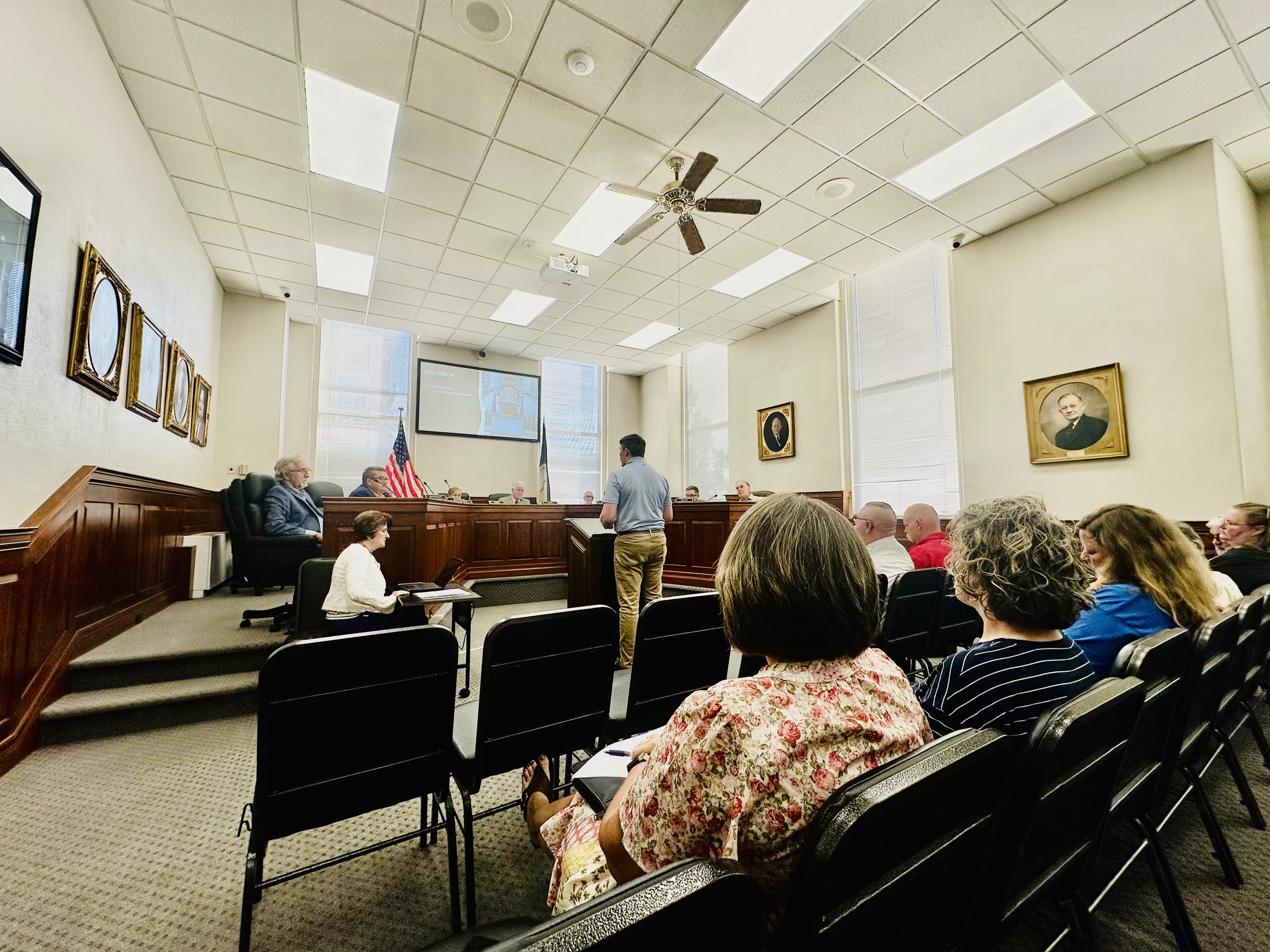Our View: Warnings for winter weather
Published 9:58 am Tuesday, November 27, 2018
As the Thanksgiving holiday weekend came to an end, winter reminded us Monday that she is on the way.
With some snow flurries and a drop in the temperatures this week, it would be hard to ignore that fall is nearing its end and winter is coming in the Bluegrass.
As we get a taste of winter weather, there are precautions many can take to be safe.
Trending
There are a variety of ways to be prepared for the winter months, but most notably, winter storms can wreak havoc on homes and communities.
“Winter storms create a higher risk of car accidents, hypothermia, frostbite, carbon monoxide poisoning and heart attacks from overexertion,” according to Ready.gov. “Winter storms and blizzards can bring extreme cold, freezing rain, snow, ice and high winds. A winter storm can: Last a few hours or several days; knock out heat, power and communication services; and place older adults, young children and sick individuals at greater risk.”
Ready.gov, which is managed by the Department of Homeland Security, provides these tips for winter preparedness:
— If you are under a winter storm warning, find shelter immediately.
— Stay off roads. Stay indoors and dress warmly. Gather supplies in case you need to stay home for several days without power. Keep in mind each person’s specific needs, including medication. Do not forget the needs of pets. Have extra batteries for radios and flashlights.
— Prepare for power outages. Use generators outside only and away from windows.
Trending
— Prepare your home to keep out the cold with insulation, caulking, and weather stripping. Learn how to keep pipes from freezing. Install and test smoke alarms and carbon monoxide detectors with battery backups.
— Listen for emergency information and alerts. Pay attention to weather reports and warnings of freezing weather and winter storms. Sign up for your community’s warning system. The Emergency Alert System (EAS) and National Oceanic and Atmospheric Administration (NOAA) weather radio also provide emergency alerts.
— Create an emergency supply kit for your car. Include jumper cables, sand, a flashlight, warm clothes, blankets, bottled water, and non-perishable snacks. Keep the gas tank full.
— Limit your time outside. If you need to go outside, then wear layers of warm clothing. Learn the signs of, and basic treatments for, frostbite and hypothermia.
— Check on neighbors. Older adults and young children are more at risk in extreme cold.





